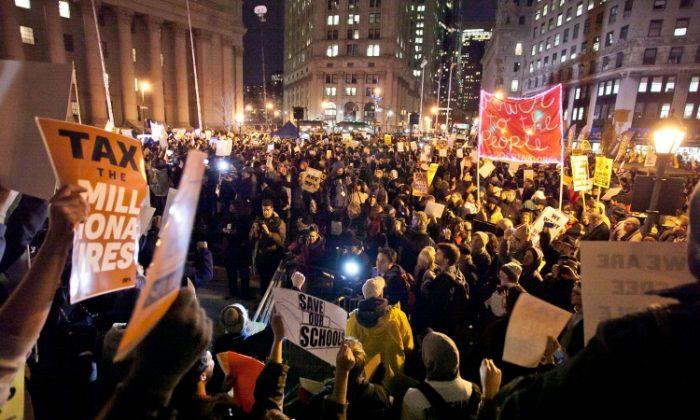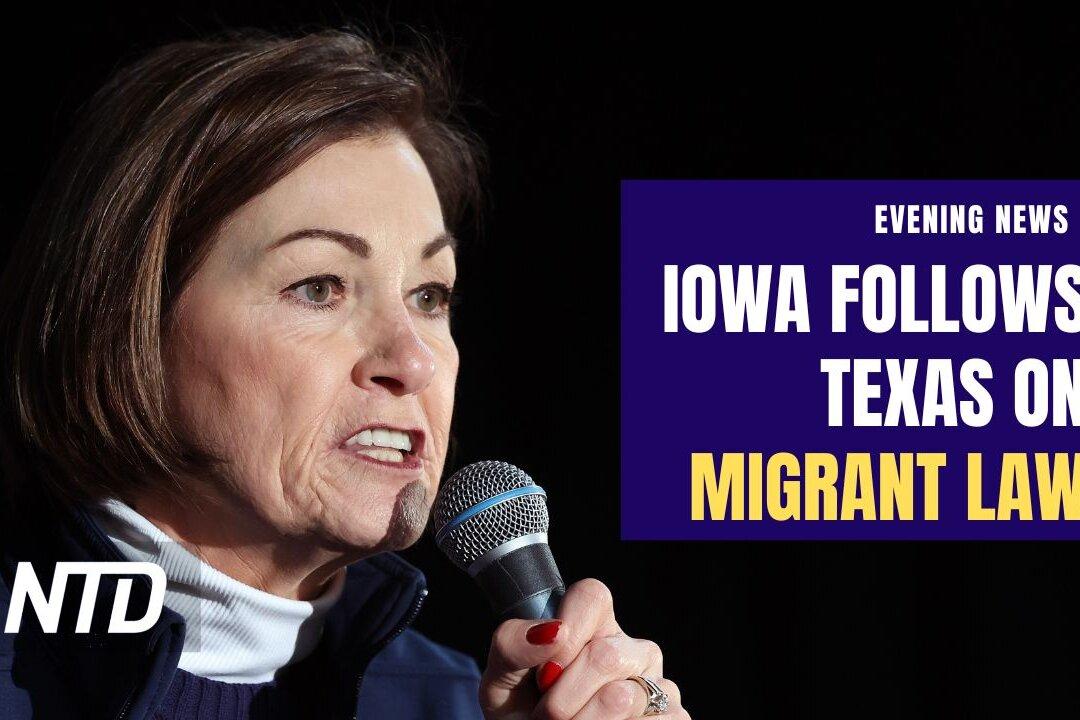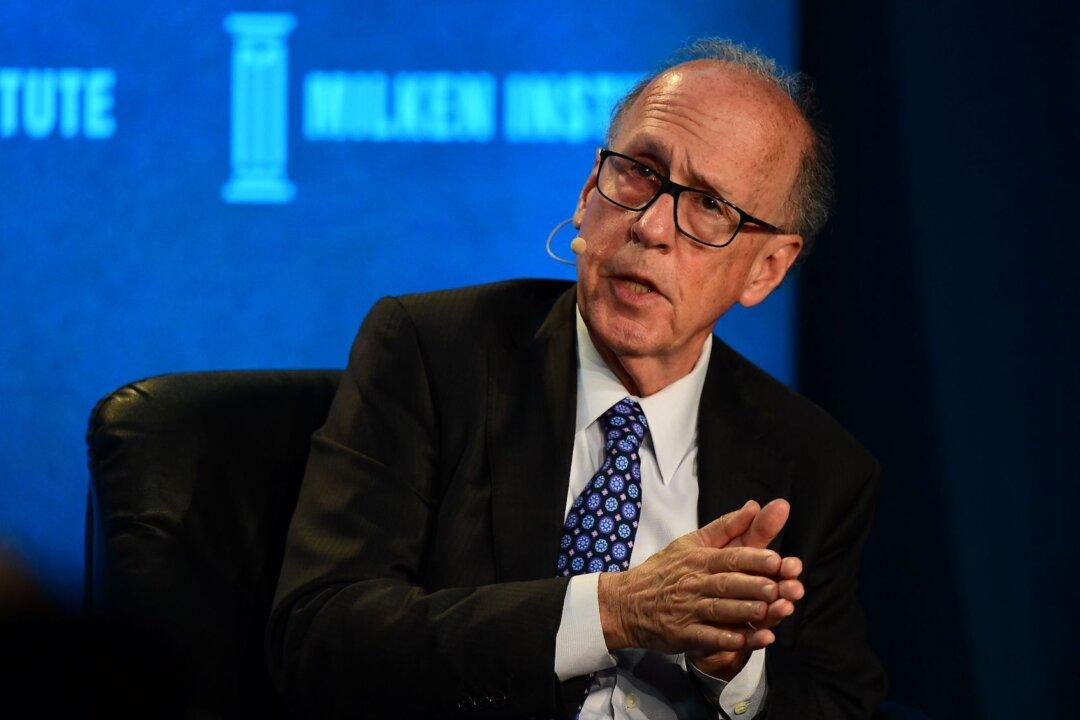NEW YORK—Dr. Naison is a history professor at Fordham University with a special interest in political activism. He participated in various movements in the ‘60s, ’70s, and ‘80s and he attended the National Day of Action events for Occupy Wall Street on Thursday.
“I think it’s going to grow larger, and it’s going to have an impact on a variety of issues in the country,” said Naison. “Even though Occupy Wall Street itself doesn’t have a leader or a specific political program, the people involved are leading a wide range of initiatives.”
Two things really struck him about Thursday’s events. First, several labor unions were present, and second, many hip hop artists came to perform.
Naison said that when the movement first started, most people had the perception that it was an “overwhelmingly white middle-class student movement”, but now “that clearly is changing.”
Although they were kicked out of Zuccotti Park, Naison thinks they will find a new home.
Naison thinks the occupiers will take advantage of “underutilized commercial and residential spaces” such as abandoned storefronts and factories. Occupiers will move there and create community centers and make use of such spaces. He says some local elected officials would likely endorse these projects.
The movement has had an impact already, says Naison. “It has made economic inequality the issue of the moment for the first time since the 1960s.”
Solutions won’t materialize overnight. It took 30 years to form this economic inequality, and it will take at least 10 years to reverse it, according to Naison.
“One thing I’m sure of is this movement is not going away,” said Naison.






